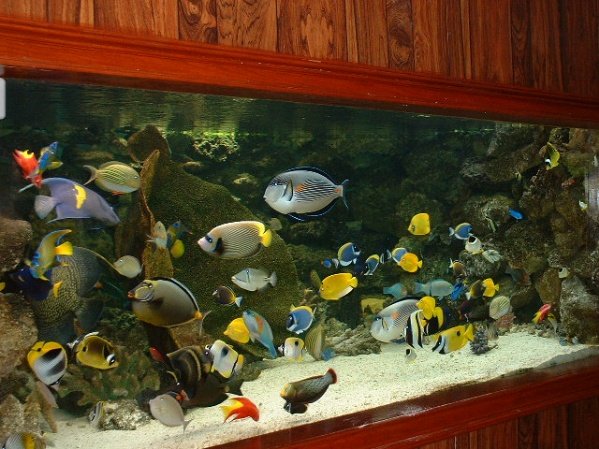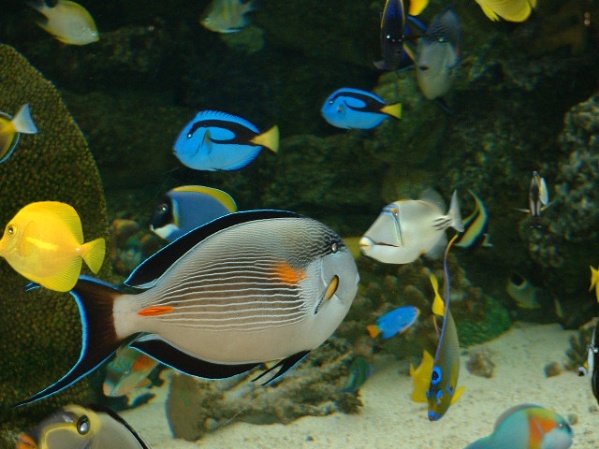That's awesome, good call in changing things up. In that case gel foods would also help reduce overall nutrient levels, as gel food typically consists of at least 70% water, a non nutrient. Mother natures filler of sorts, but in this case got the job done.
As you and others have experienced, myself included, lower cost foods can still be more than adequate in providing overall healthy growth etc, in many species.
I think that this is excellent advice, especially if one considers keeping marine species. Many of the more delicate marine fish will simply not survive on mediocre food, loaded with soybean/wheat/corn etc. I believe that it had not been for the saltwater side of this hobby, we would have never seen some of the more premium commercial pellet/wafer foods that are available today. Years ago one wouldn't even consider attempting to keep a fish such as a Moorish Idol alive, and thriving in captivity for more than a few months, at best. Today, many marine hobbyists keep Idols along with many other delicate marine species alive in captivity successfully, for years. The only change - diet.
That's interesting, and probably a very valid observation; I never thought of it before. I was once pretty heavily into marines, but haven't kept a salt tank in something like 35 years now. When I kept them, I vividly recall certain species being considered "difficult or impossible to keep" and the Moorish Idol was on that list, along with some species of Filefish and my dream fish, the Pinnatus Batfish. Of course, back then, breeding of marines was virtually unheard of...we still used a lot of undergravel filters...and "reef" tanks as we know them today were in their infancy, the stuff of dreams.
As a nutrition-related aside: I had a 120-gallon marine tank filtered with a DIY reverse-flow UG filter, powered by HOB filters. It produced a couple species of Caulerpa algae in huge quantities at prodigious rates, particularly the species that looks like bundles of green grapes, and I pulled out double-handfuls every few days. Some I sold to a LFS; most went into my Osphronemus goramy's maw, which was always open and never satisfied. The marine algae made up a significant portion of that fish's diet for several years; I now shudder to think of the ramifications of that statement, but the fish seemed healthy and lived to a ripe old age, so...once again, resilient fish.





